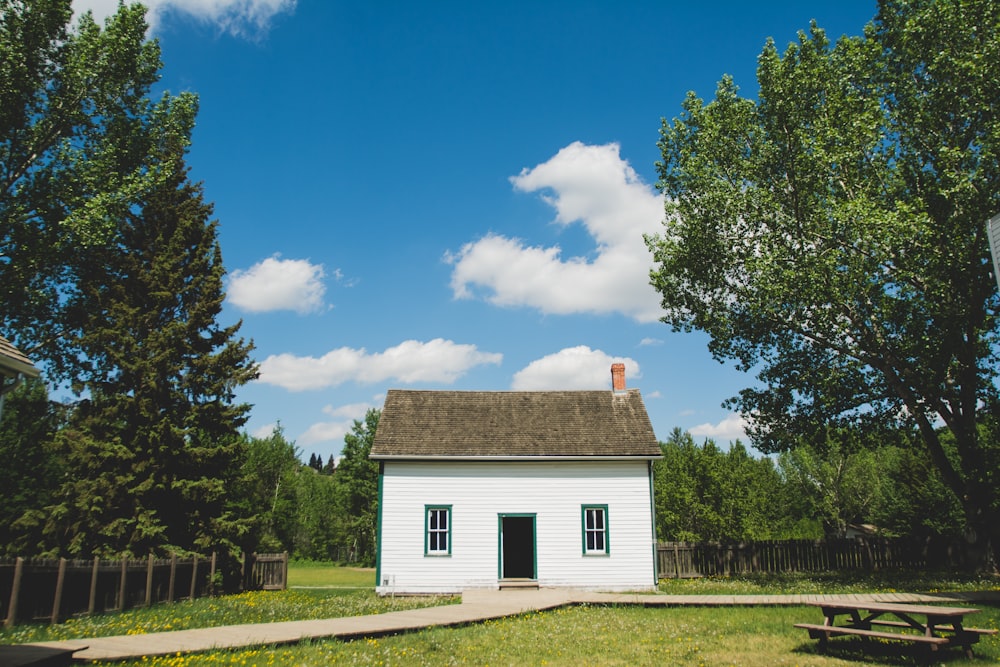Smart Approaches to Budgeting for This Old House Renovations
Assessing the Scope: Understanding Your Needs
Before diving into any renovation project, it’s crucial to assess the scope of work needed for your old house. Take a comprehensive look at the condition of the property, identifying areas that require immediate attention and those that can be addressed later. Prioritize renovations based on safety, functionality, and structural integrity, as well as your personal preferences and long-term goals for the home.
Setting Realistic Goals: Defining Your Vision
Once you’ve identified the scope of your renovation project, it’s time to set realistic goals and define your vision for the space. Consider what you hope to achieve with the renovation—whether it’s restoring the home to its original charm, modernizing outdated features, or expanding living areas to accommodate a growing family. Having a clear vision will help guide your budgeting decisions and ensure that your renovation aligns with your overall objectives.
Establishing a Budget: Determining Your Limits
With your goals in mind, it’s essential to establish a realistic budget for your This Old House renovation. Consider factors such as the size and complexity of the project, as well as your financial resources and constraints. Be sure to account for unexpected expenses and budgetary contingencies, as renovations in older homes often come with unforeseen challenges. By setting clear budgetary limits from the outset, you can avoid overspending and keep your renovation on track.
Researching Costs: Understanding the Market
Before finalizing your budget, take the time to research the costs associated with your desired renovations. Gather estimates from contractors, suppliers, and other professionals to get a sense of the prevailing market rates for labor and materials. Be sure to factor in any additional expenses, such as permits, design fees, and project management costs. By understanding the true cost of your renovations, you can make informed decisions and avoid budgetary surprises down the line.
Prioritizing Expenses: Making Trade-offs
Inevitably, you may find that your renovation wish list exceeds your budgetary constraints. In such cases, it’s essential to prioritize expenses and make trade-offs where necessary. Identify must-have upgrades and non-negotiables, such as addressing structural issues or ensuring compliance with building codes. Then, consider where you can cut costs or delay certain renovations without compromising the overall integrity of the project. By prioritizing expenses, you can focus your resources on the areas that matter most and achieve the greatest impact within your budget.
Seeking Alternative Solutions: Thinking Creatively
When faced with budgetary constraints, don’t be afraid to think outside the box and explore alternative solutions for your renovation project. Consider DIY options for cosmetic upgrades or minor repairs, leveraging your skills and resources to save on labor costs. Explore salvaged materials or architectural salvage yards for unique fixtures and finishes that add character to your home without breaking the bank. Additionally, research government incentives or financing options that may be available for historic preservation or energy-efficient upgrades.
Building in Contingencies: Planning for the Unexpected
In any renovation project, it’s essential to expect the unexpected and build contingencies into your budget. Factor in a buffer for unforeseen expenses or changes in scope, typically ranging from 10% to 20% of your total renovation budget. This safety net will provide peace of mind and financial flexibility in the event of unexpected challenges or setbacks, allowing you to navigate the renovation process with confidence and resilience.
Staying Flexible: Adapting to Challenges
Finally, it’s crucial to approach your This Old House renovation with a sense of flexibility and adaptability. Despite careful planning and budgeting, renovations in older homes can often present unforeseen challenges and obstacles along the way. Stay open to alternative solutions and be prepared to adjust your plans as needed to accommodate changing circumstances. By remaining flexible and resilient, you can overcome challenges with grace and ensure that your renovation stays on track, even in the face of adversity. Read more about this old house renovation costs





